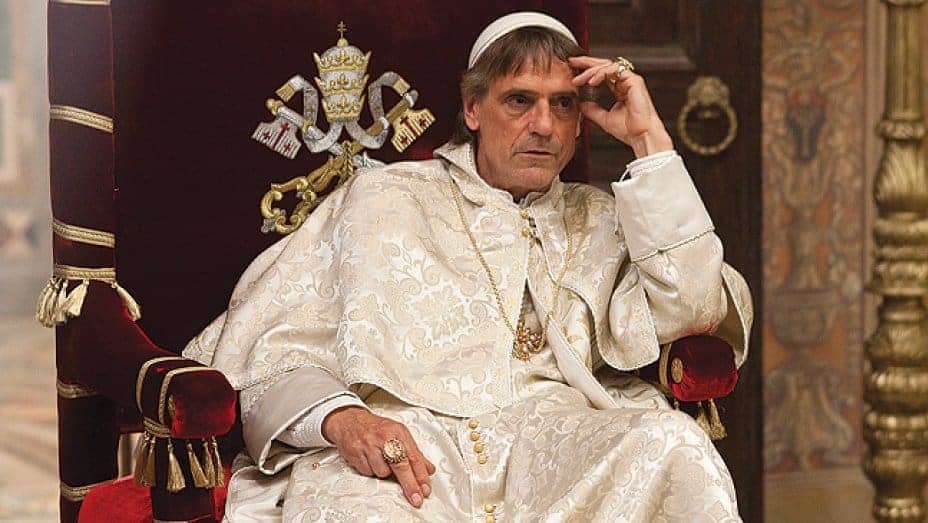Life was tough in Renaissance Italy. Unlike today’s country, it was not united, and instead, numerous kingdoms fought among each other for supremacy. Kings, aristocrats, and clergy all vied with one another for land and political dominance. The resulting wars brought economic misery and suffering to everyone. To survive, let alone prosper, you had to be ruthless and even murderous. That the Borgia family rose from minor nobility to the papacy gives thus you an idea of what follows. If you thought politics today was corrupt and vicious, you ain’t seen nothing yet…
40. Although best known for their time in Italy, the Borgias were originally Spanish

The name ‘Borgia’ is an Italianised version of de Borja, meaning ‘from the town of Borja’. Borja is a town in the Zaragoza province in northern Spain. The kings of Aragon ruled Borja, and the Borgias were amongst many nobles who served the crown. Borja dates back to the 5th century BC and grew under Roman and Muslim rule. Little is known about the early days of the Borgia family, because they were not especially important. Instead, the Borgias found fame and fortune in the Eternal City, where our story really begins.

